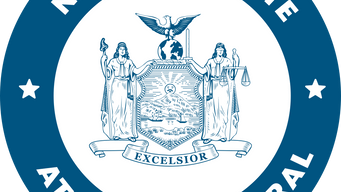The National Health Surveillance Agency (Anvisa) approved on September 13 a text with new rules for the nutritional labeling of packaged food. Major alterations include the addition of a special front labeling and changes to the nutrition facts label.
The new regulation foresees that foods with high sodium, saturated fat, or added sugar will have to come with the illustration of a black magnifying glass on their packaging, highlighting this information. The three nutrients were chosen because they are the main cause of public health problems in Brazil according to a research by the Brazilian Ministry of Health.
<img class="fr-dib" src="https://i.froala.com/download/8a45529e9d2ac177768fa6ea9ff7cd3cb6d85e84.jpg?1569338464" style="width: 300px;">
If the package has the black magnifying glass indicating high content of one of the three nutrients, it cannot make nutritional claims on its top part, only on the bottom area. Products that naturally have high levels of all three nutrients - such as egg, milk and fresh meat - will not need to add the warning on the packaging. The list of foods for which the declaration of the nutrition information table is voluntary also includes, but is not limited to: food in packaging whose visible labeling surface is less than or equal to 100 cm²; packaged foods which are prepared or fractioned and marketed on the premises; alcoholic beverages; non-alcoholic aperitif; light beer; fresh vegetables; and fish and seafood packaged fresh and chilled or frozen.
The new norms also state that products with a high sodium, saturated fat, or added sugar content can not highlight nutritional claims on the packaging involving the nutrient. Thus, a cereal bar that has an added sugar content equal to or greater than the standard limit, for example, can not claim to be reduced in sugar even if it is compared to another cereal bar on market.
In addition to being standardized, always with black letters on white background and in predetermined sizes, the nutrition facts label would also include: an update of daily values references; a new column with the information of 100 g or 100 ml; and the inclusion of the number of portions per package.
The norms predict the implementation in two steps. The first, which has a maximum term of 12 months for new products and 30 months for those already in the market, establishes milder transitional limits; in a second moment, with a maximum term of 42 months after the new rules have come into force, more rigid limits are applied. Before coming into effect, the proposal still needs to go through 45 days of public consultation and then be signed again by Anvisa's directors, who estimate that the new norms will be approved by the end of 2019.




